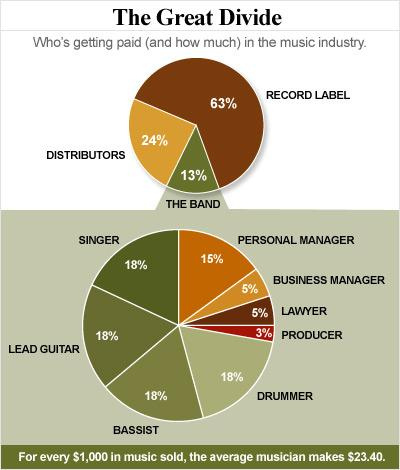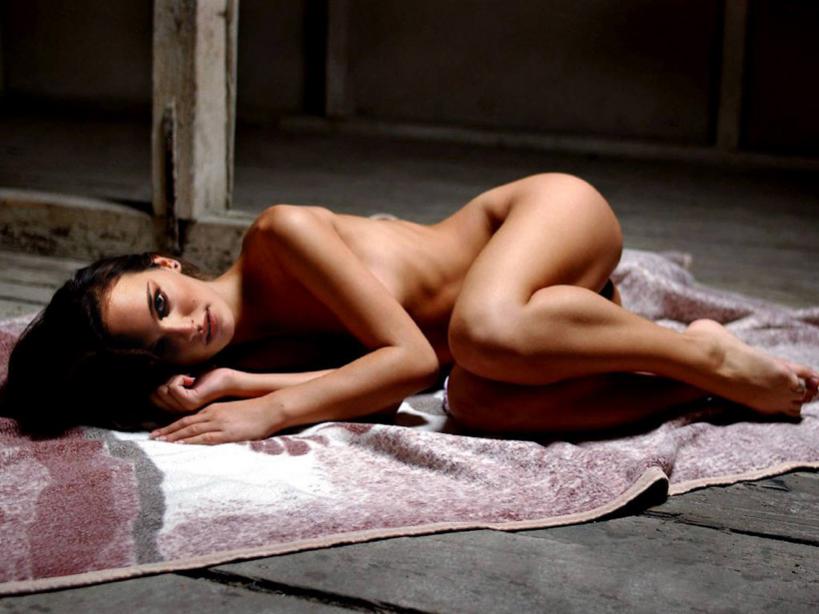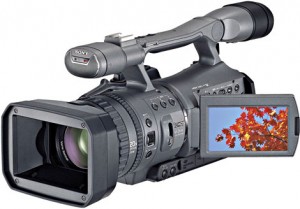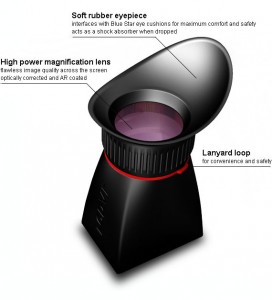You’ve heard it over and over. “Piracy kills music”.
That claim is a blatant lie.
Don’t misunderstand me. I don’t advocate piracy. But the record industry spreads a myth about the digitalization of music that is just not true. It’s not about piracy, that discussion is just a distraction keeping us from debating the real issue: digital technology will revolutionize distribution, and there is no room for the middle man.
It has been said that Spotify and mp3’s has made it impossible for new bands to make money. The facts say otherwise. A recent norwegian study shows that the average artist has increased their income by 66% percent since 1999, adjusted for inflation.
The “Piracy kills music” myth also implies that the chances of making money off your music were much better before mp3. Totally untrue. There never was a golden age for musicians, when they really got the income they deserved from their art. The idea that mp3 has made matters worse is simply ludicrous.
Piracy is wrong, but really not a problem worth agonizing over, not for the musicians and artists. For the record industry, however, it’s a disaster. Digital distribution is the asteroid that must kill off the dinosaurs.
Here’s how the record industry run their scam:

(Source: The Root)
It’s hard being an unknown musician, trying to make just a little money. It’s not necessarily easier for the bigger acts to get the income they deserve. Country artist Lyle Lovett has sold 4.6 million records, and never seen a dime from the sales. 30 Seconds to Mars sold platinum, but EMI/Virgin never paid the band a single penny. And had the nerve to sue the band for 30 million dollars.
The record industry will continue to claim that piracy kills music all through their death struggle. I hope the consumers and artists themselves don’t buy into that lie. Artists don’t need the industry anymore. They can set up their own websites and sell their music through services like The Bizmo. And, sure, bands will discover that a lot of people pirate their music, instead of paying the 9 bucks that the album deserves. That’s a pity, but still preferable to the record company stealing every last nickle, and the artist’s soul in the bargain.





